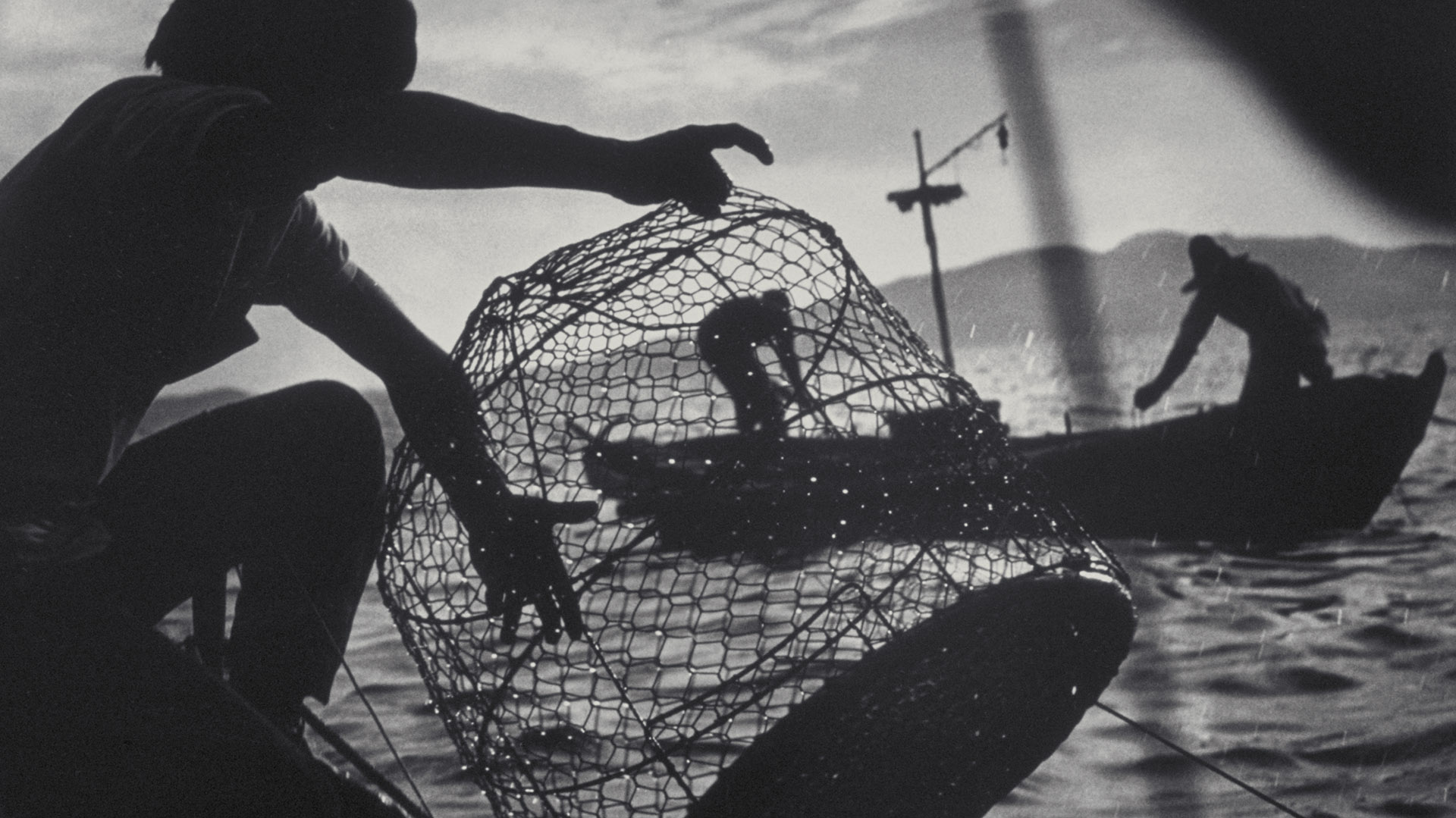The new film Minamata starring Johnny Depp explores the final chapter of Smith’s career. Here, his ex-wife Aileen Mioko Smith recounts their extraordinary work.

You’re getting blind.
Don’t miss the best of visual arts. Subscribe for $9 per month or $108 $90 per year.
Already suscribed ?
Read more: After Us the Deluge: Images of Sinking Land


